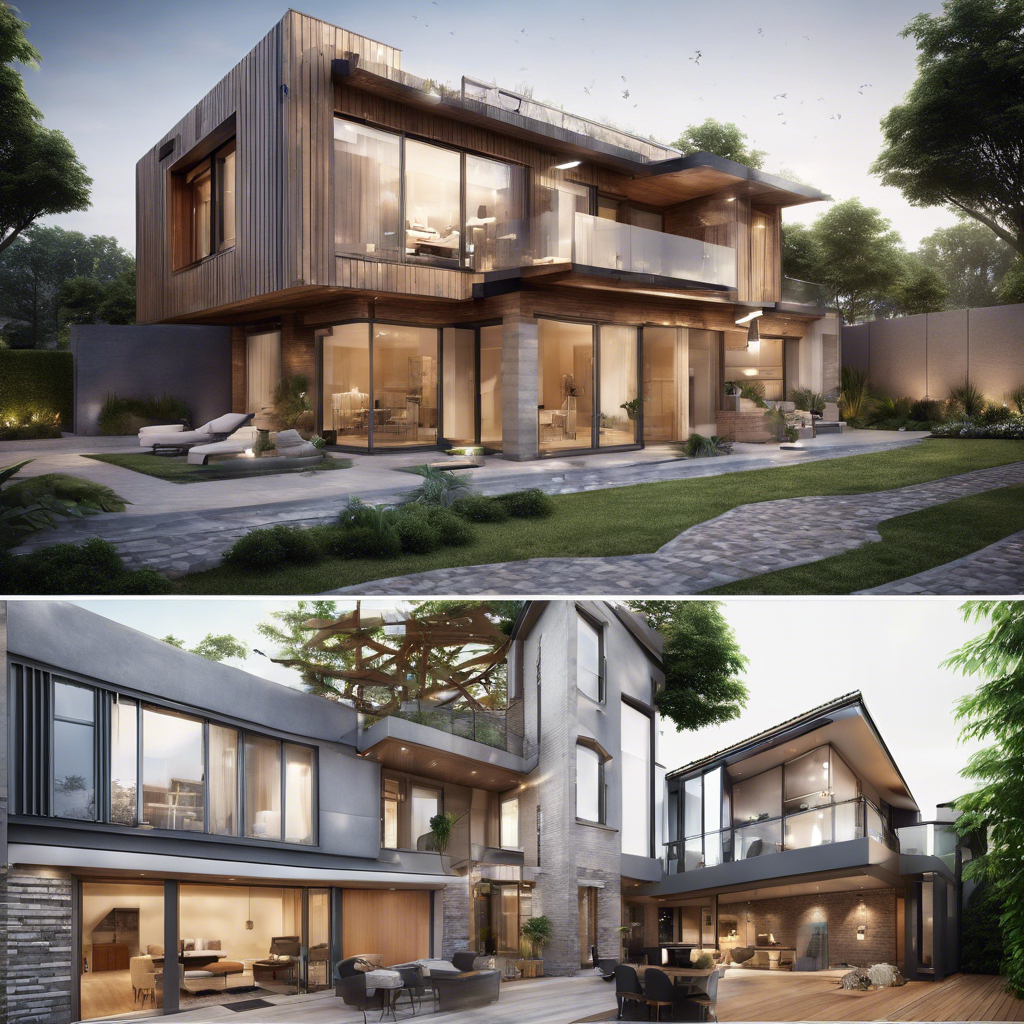Are you looking to build your dream home in Cagayan de Oro while staying eco-friendly and budget-conscious? You're in luck! The latest construction trends in CDO blend sustainability, style, and affordability to offer you the best of both worlds. Let's explore how you can design your environmentally conscious abode without breaking the bank.
Sustainable Building Materials

One of the key aspects of eco-friendly home design is the use of sustainable building materials. Opting for materials like bamboo, reclaimed wood, recycled glass, and sustainable concrete can significantly reduce the environmental impact of your construction project. These materials not only look stylish but also contribute to a healthier planet.
Energy-Efficient Features
Incorporating energy-efficient features into your home can help you save money in the long run while reducing your carbon footprint. Consider installing solar panels to harness the power of the sun, using energy-saving appliances, and implementing proper insulation to regulate indoor temperature efficiently. These features not only make your home more eco-friendly but also add value to your property.
Green Spaces and Natural Light
Integrating green spaces into your home design and maximizing natural light can enhance the overall sustainability of your living space. Create a rooftop garden, set up a vertical garden on your walls, or build a sunroom to bring nature closer to home. Natural light not only brightens up your space but also reduces the need for artificial lighting, leading to energy savings.
Water Conservation Strategies
Water is a precious resource, especially in regions like Cagayan de Oro. Implementing water conservation strategies in your home design can help reduce water wastage and lower your utility bills. Consider installing low-flow fixtures, rainwater harvesting systems, and native landscaping that require minimal irrigation. These simple steps can make a significant difference in your water consumption habits.
Recycled Décor and Upcycled Furniture
When decorating your eco-friendly home, don't forget to explore recycled décor items and upcycled furniture pieces. From repurposed pallets to vintage finds, there are plenty of creative ways to furnish your space sustainably. Not only does this approach add character to your home, but it also promotes the concept of circular design by giving new life to old items.
In conclusion, designing an eco-friendly home on a budget in Cagayan de Oro is not only achievable but also rewarding. By incorporating sustainable building materials, energy-efficient features, green spaces, water conservation strategies, and recycled décor, you can create a space that reflects your commitment to the environment without compromising on style or comfort. Embrace the latest construction trends in CDO and embark on the journey to building your dream home, one that is both eco-friendly and cost-effective.
So, what are you waiting for? Start planning your budget-friendly eco-friendly home design today and make your sustainable living dreams a reality!
